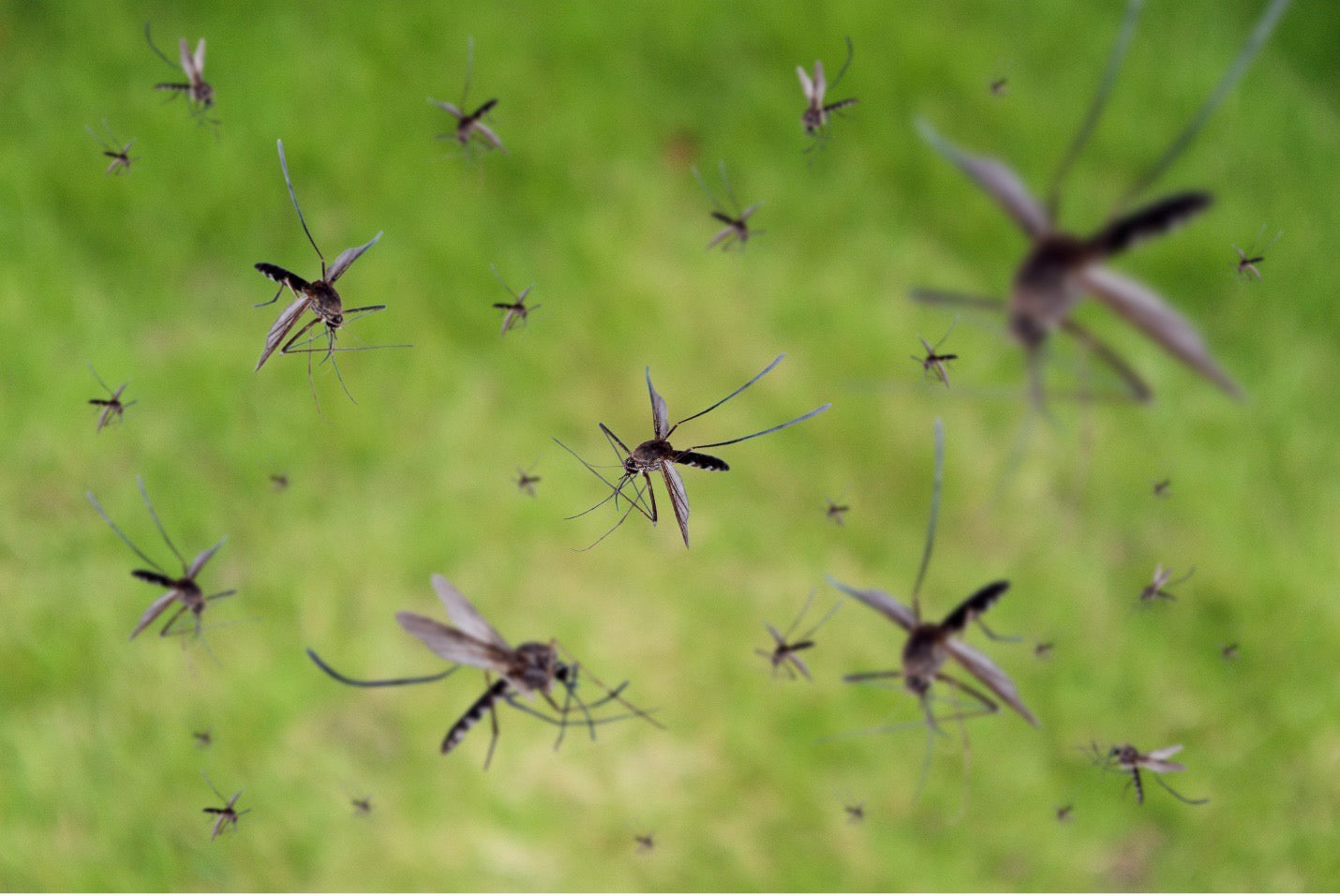
Not Just Humans: The Surprising Animals That Mosquitoes Bite
When it comes to mosquito bites, we tend to think of our own itchy arms and legs. But did you know we’re not the only ones on their menu? Mosquitoes bite all kinds of animals, from birds and reptiles to dogs, horses, and even frogs.
If you're trying to keep mosquitoes out of your yard, it helps to know just how far their appetites go—especially if you have pets or livestock around.
Do Mosquitoes Bite Other Animals?
Yes—absolutely. Humans might be the most vocal about mosquito bites (thanks to the itch), but we’re far from the only target. Different mosquito species feed on different animals depending on where they live and what’s available.
Some common mosquito targets include:
- Dogs and cats – especially in warm, humid areas.
- Birds – which are actually a major host for diseases like West Nile virus.
- Horses and other livestock – often bitten in barns or pastures.
- Frogs, turtles, and snakes – yes, even reptiles and amphibians get bitten!

And it’s not just annoying. Some bites can lead to serious health risks—for example, dogs bitten by mosquitoes can develop heartworm.
Want to keep your yard safer for both people and pets? A mosquito misting system from MosquitoNix offers consistent, automatic protection with every spray.
What Do Mosquitoes Eat if No Humans Are Around?
When mosquitoes aren’t reproducing, they primarily feed on sugar sources found in nature. Both male mosquitoes and non-reproducing females rely on nectar, plant juices, and honeydew (a sugary substance secreted by aphids) to survive. These carbohydrates provide the energy they need for flying, mating, and day-to-day activity.
In fact, sugar-based feeding is the primary diet for most mosquitoes throughout their lives. Blood meals are only necessary for females to produce eggs—meaning blood isn't a constant requirement, but sugar is. This is why you’ll often find mosquitoes near flowering plants, fruit trees, or gardens.
Some mosquito control methods even exploit this behavior by using sugar-based baits combined with larvicides or biological agents to attract and kill adult mosquitoes without relying on chemical sprays.
Understanding their sugar-feeding behavior can help inform safer, more targeted mosquito control strategies for your yard or property.
How to Protect Your Whole Yard (Not Just the People in It)
Since mosquitoes feed on so many different animals, your pest control strategy should go beyond personal bug spray. At MosquitoNix, we design solutions to protect your entire outdoor space, including your pets, family, and guests.

Our mosquito misting systems offer automated sprays that work in the background while you enjoy your yard. And if you need quick relief before a big event or weekend outdoors, our QuickNix™ mosquito treatments are fast, effective, and hassle-free.
With MosquitoNix, you're not just protecting yourself—you're protecting your whole backyard ecosystem.
FAQs
Do mosquitoes bite pets like dogs and cats?
Yes. Mosquitoes can and do bite both dogs and cats. While cats are less commonly affected, dogs are particularly vulnerable to mosquito-borne parasites like heartworm. According to the American Heartworm Society, just one bite from an infected mosquito can transmit the larvae that lead to heartworm disease.
Can mosquitoes survive without feeding on humans?
Yes. Only female mosquitoes bite humans or animals—and only when they need protein to develop eggs. In the absence of humans, mosquitoes will feed on a wide variety of other animals including birds, amphibians, and livestock. When not reproducing, both male and female mosquitoes feed on nectar, plant juices, and other sugar sources.
Are mosquito misting systems safe for pets and wildlife?
Yes, when installed and used according to manufacturer guidelines, MosquitoNix misting systems are safe for pets and the environment. Our solutions use EPA-registered formulas designed to minimize risk to non-target species like pollinators and birds while effectively reducing mosquito populations.
What birds do mosquitoes bite in the tropical rainforest?
In tropical climates, mosquitoes feed on many bird species such as hummingbirds, tanagers, toucans, thrushes, and flycatchers. Birds roosting near standing water or dense vegetation are especially vulnerable.
Do mosquitoes bite reptiles and amphibians?
Yes, some mosquito species feed on cold-blooded animals like frogs, turtles, snakes, and lizards. Research from ScienceDirect highlights that these ectothermic hosts play a significant role in mosquito feeding and pathogen transmission cycles.
Can mosquitoes bite through animal fur or feathers?
Mosquitoes cannot technically bite through thick fur or feathers, but they target exposed or thinner-skinned areas—like the ears, belly, nose, or groin in pets. Birds may be bitten on their legs or around the eyes and beak. This is why even furry animals can be at risk for mosquito bites and related diseases.
What attracts mosquitoes to certain animals?
Mosquitoes are attracted to carbon dioxide (CO₂), body heat, body odor, and movement. Animals that produce higher levels of CO₂ (like large mammals) or have moist, warm skin are especially attractive. Darker fur or feathers may also attract some mosquito species due to visual contrast.
Do all mosquito species bite the same animals?
No. Different mosquito species have distinct host preferences.
- Culex pipiens often prefers birds.
- Aedes aegypti and Aedes albopictus prefer humans and mammals.
-
Anopheles mosquitoes may target both animals and humans.
This diversity in host preference affects disease transmission patterns.
How can I protect pets and animals from mosquito bites?
To protect pets and animals:
- Use veterinarian-recommended preventatives (e.g., heartworm medication for dogs).
- Install mosquito misting systems to reduce mosquito populations in your yard.
- Avoid letting pets outside during dawn and dusk, when mosquitoes are most active.
- Remove standing water and clean water bowls frequently.
- Use mosquito-safe screens in barns or kennels.
Leave a comment
Comments will be approved before showing up.





